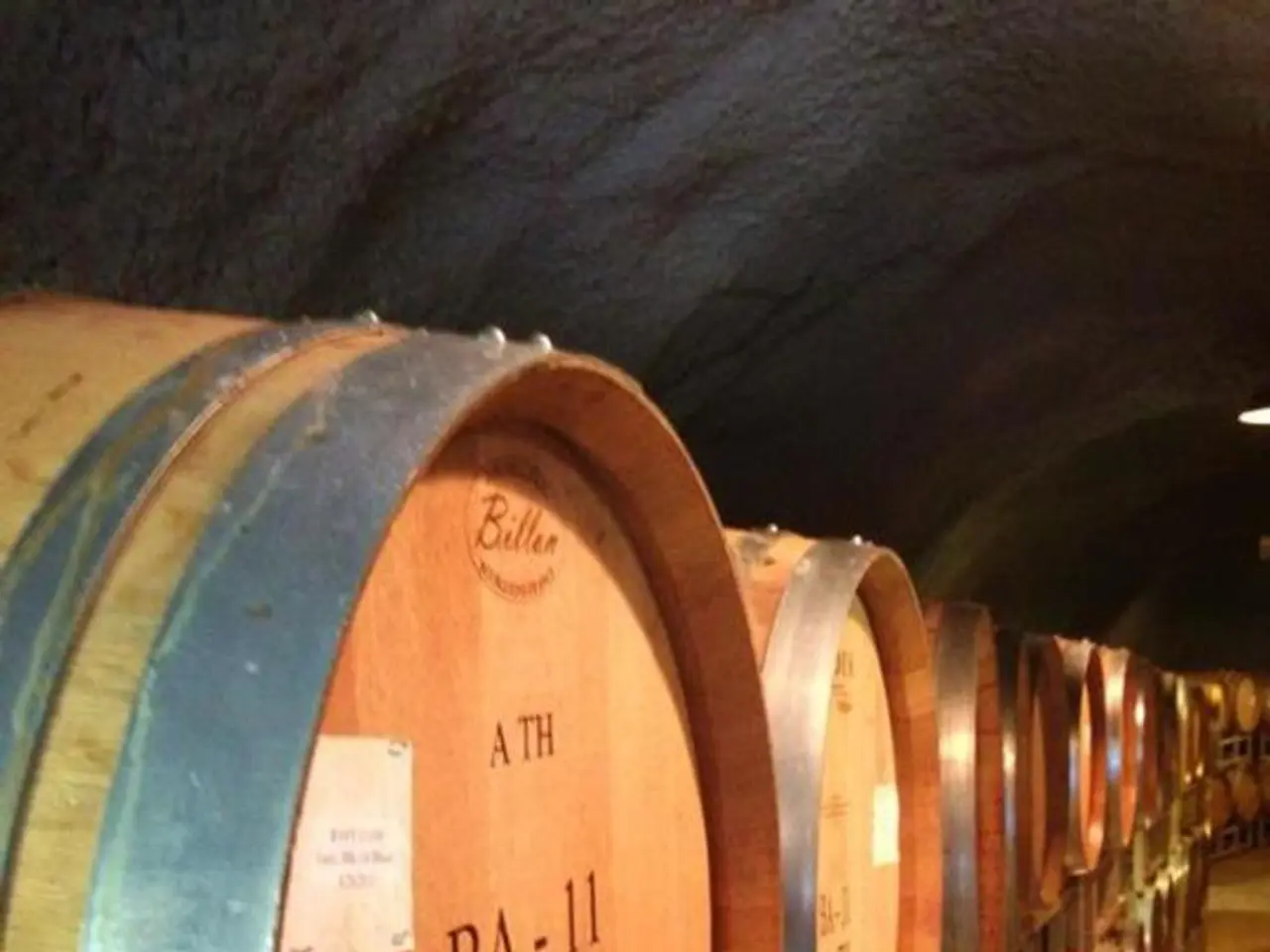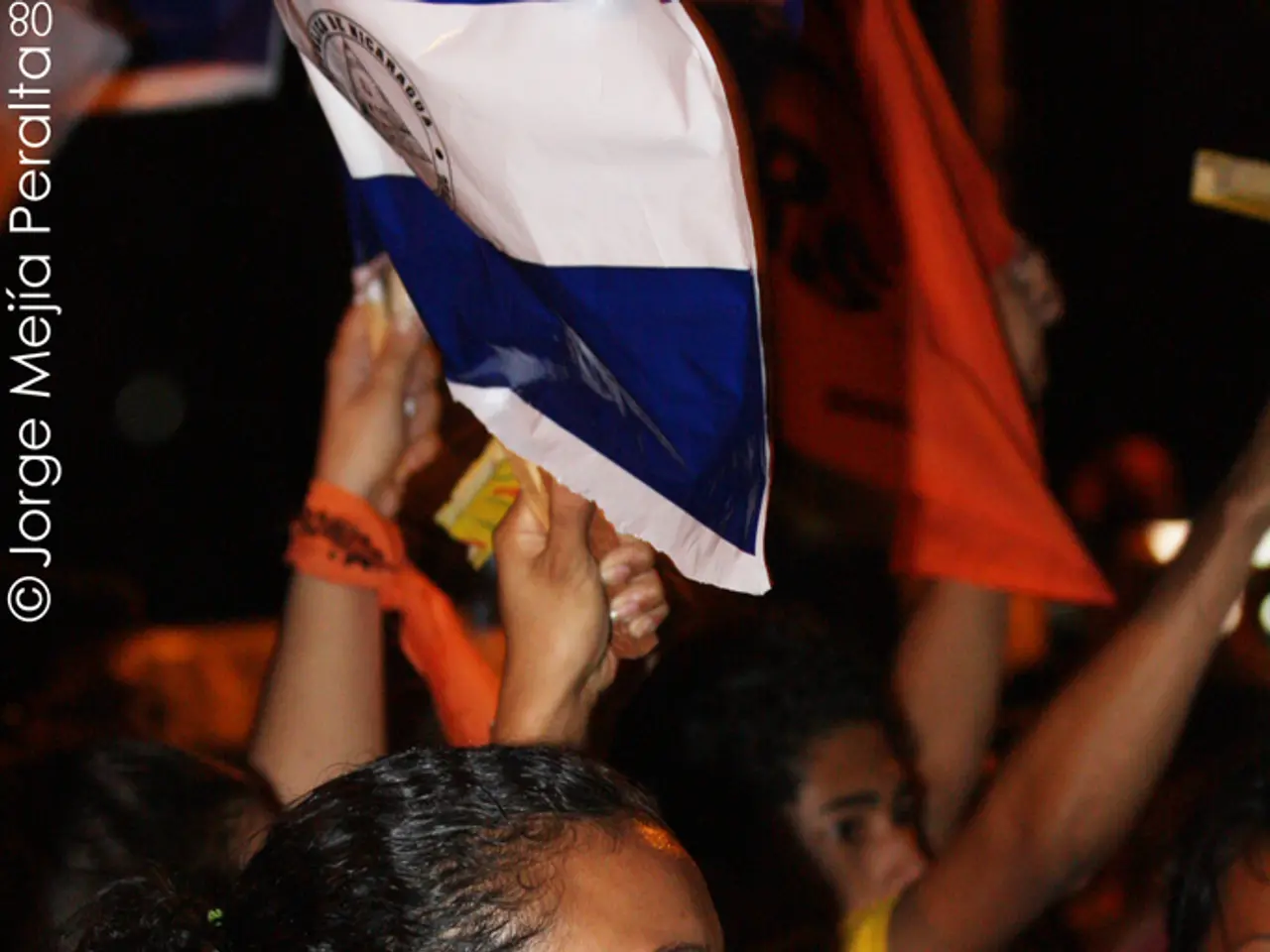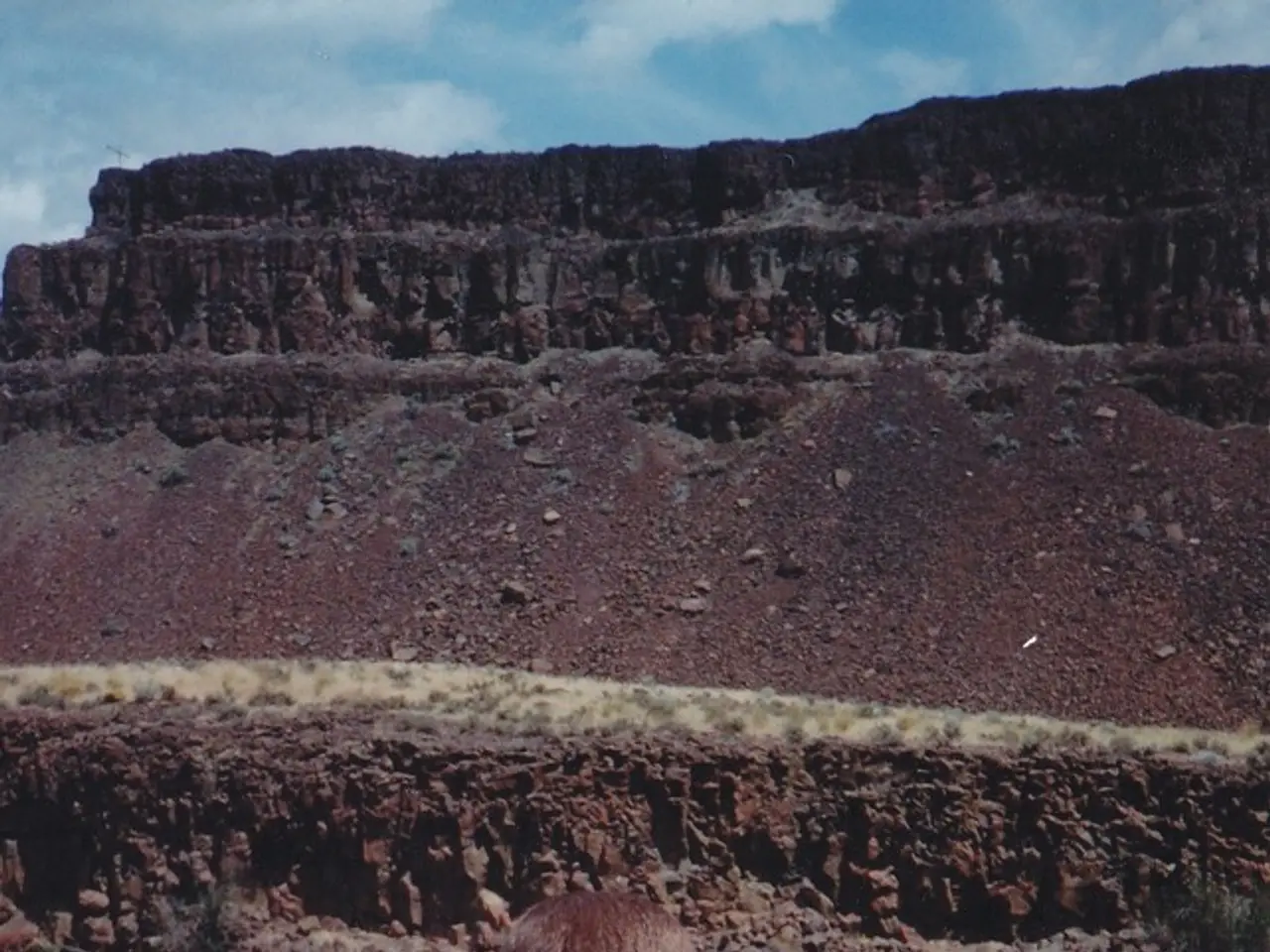Hamas Tunnel Issue: What Options Does the Israeli Defense Forces (IDF) Have?
### Israeli Forces' Multi-Layered Strategy Against Hamas Tunnels in Gaza
Israeli forces have developed a comprehensive approach to combat the extensive network of Hamas tunnels in Gaza, using advanced technology, intelligence, ground operations, and engineering to detect, map, and neutralize these subterranean threats.
The Israel Defense Forces (IDF) employ a combination of signals intelligence, aerial surveillance, and ground-level sensors to detect Hamas's tunnel networks beneath Gaza[1]. Once identified, the IDF conducts targeted strikes, often using airstrikes to collapse tunnel entrances and destroy underground infrastructure[1][3]. Ground troops also deploy specialized engineering units to physically destroy tunnel shafts, using explosives and heavy machinery[2].
To maintain control, the IDF maintains a continuous presence in key Gaza urban centers, encircling Hamas command centers and preventing militants from re-entering or rebuilding tunnel networks[2]. In areas like Khan Yunis, the IDF has constructed physical barriers, such as the recently completed 15-kilometer Magen Oz Corridor, to limit movement between sectors, further complicating Hamas's use of tunnels for logistics and attacks[5].
However, Hamas has shown adaptability, exploiting ruined or "secured" areas and moving more freely among rubble where the IDF may lower its guard[4]. In response, Israeli forces conduct constant patrols, debriefings after incidents, and rapid operational adjustments to counter emerging threats, such as attempts to abduct soldiers emerging from tunnels[2].
Dr. Daphne Richemond-Barak, a professor at the Lauder School of Government, Diplomacy, and Strategy at Reichman University, discusses potential solutions to the Hamas tunnel issue on the Urban Warfare Project Podcast, which is available on Apple Podcasts, Stitcher, Spotify, TuneIn, and other podcast apps[6]. Richemond-Barak, the author of the book Underground Warfare and creator of the International Working Group on Subterranean Warfare, suggests sealing, destruction with bunker-buster munitions or other explosives, and other methods as potential solutions to render Hamas tunnels unusable[7].
Despite these efforts, the dynamic nature of urban warfare ensures the challenge remains ongoing. Hamas continues to adapt, shifting tactics toward close combat and using the environment to its advantage[2][4]. The IDF responds with heightened vigilance, rapid incident analysis, and evolving operational doctrines to stay ahead of these threats.
[1] https://www.israelhayom.com/2021/02/12/idf-uncovers-hamas-tunnel-network-in-gaza/ [2] https://www.reuters.com/world/middle-east/israel-says-hamas-tunnel-network-gaza-still-active-2021-05-11/ [3] https://www.timesofisrael.com/idf-says-it-destroyed-hamas-tunnel-network-in-gaza/ [4] https://www.reuters.com/world/middle-east/idf-says-hamas-adapting-tunnel-use-gaza-2021-05-11/ [5] https://www.jpost.com/israel-news/defense/idf-completes-15-kilometer-magen-oz-corridor-in-gaza-480927 [6] https://urbanwarfareproject.com/episodes/ [7] https://urbanwarfareproject.com/episodes/episode-17-dr-daphne-richemond-barak-on-subterranean-warfare/
- The IDF's strategy in urban warfare against Hamas tunnels in Gaza includes the use of advanced technology, intelligence, and ground operations for detection, mapping, and neutralization.
- To maintain security, Israeli forces continuously patrol key urban centers and construct physical barriers to limit Hamas's movement and logistics.
- Dr. Daphne Richemond-Barak, an expert in subterranean warfare, suggests sealing, destruction with bunker-buster munitions, and other methods as potential solutions to render Hamas tunnels unusable.
- Despite efforts, the ongoing challenge of urban warfare persists as Hamas adapts and shifts tactics, requiring the IDF to respond with heightened vigilance, rapid incident analysis, and evolving operational doctrines.







